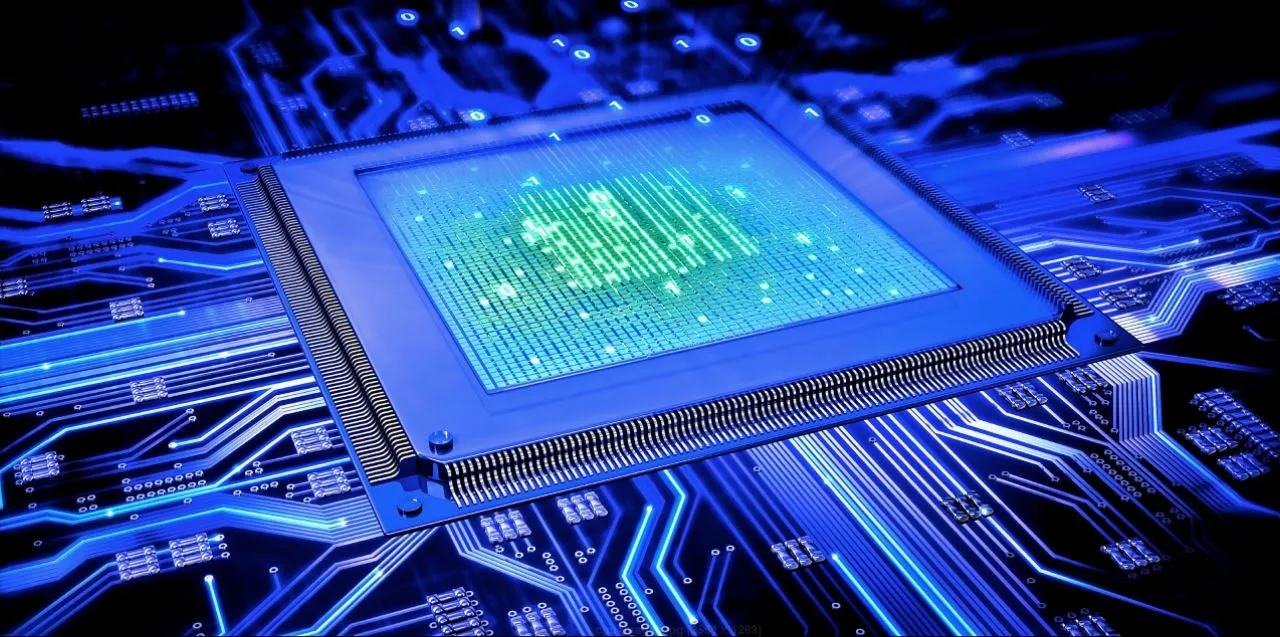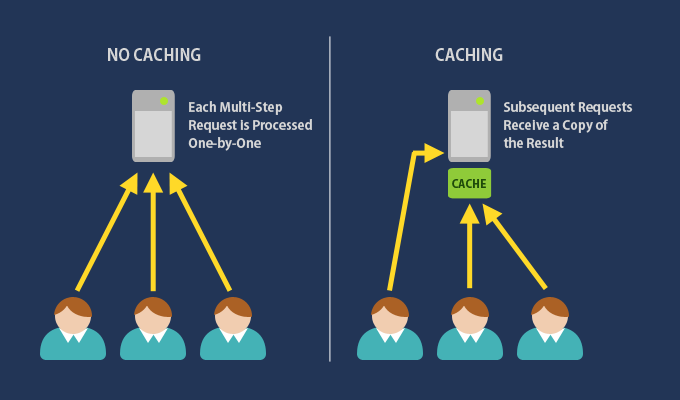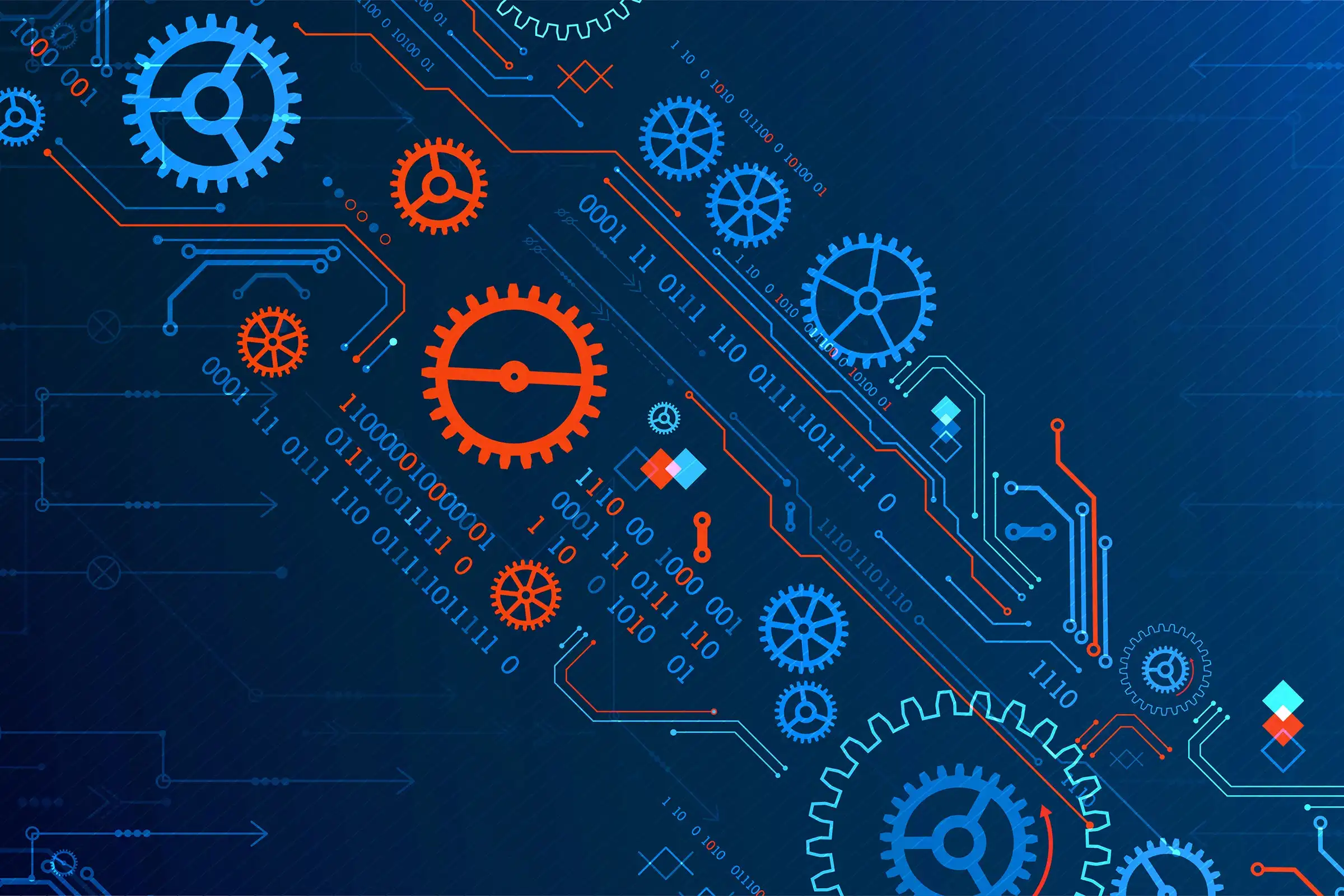
The Central Processing Unit (CPU), often referred to as the brain of the computer, is a crucial component responsible for executing instructions and processing data. It performs the fundamental operations that allow a computer to function, including arithmetic calculations, logic operations, and data manipulation. Here’s an overview of what the CPU is, how it handles tasks, and ways to manipulate its performance.
What is a CPU?
- Definition:
- The CPU is the primary component of a computer that interprets and executes instructions from computer programs. It consists of multiple cores (in modern CPUs), each capable of performing tasks independently, allowing for parallel processing.
- Components:
- Control Unit (CU): Manages and coordinates the activities of the CPU, directing the flow of data between the CPU, memory, and peripheral devices.
- Arithmetic Logic Unit (ALU): Performs arithmetic and logical operations, such as addition, subtraction, and comparisons.
- Registers: Small, fast storage locations within the CPU that temporarily hold data and instructions currently being processed.
- Cache: A small amount of high-speed memory located on or close to the CPU that stores frequently accessed data and instructions to speed up processing.
How the CPU Handles Tasks
- Fetch-Decode-Execute Cycle:
- The CPU operates on a cycle known as the fetch-decode-execute cycle, which involves the following steps:
- Fetch: The CPU retrieves an instruction from memory (RAM) based on the program counter (PC) that points to the address of the next instruction to be executed.
- Decode: The control unit decodes the fetched instruction to determine the required operation. It identifies the necessary data and the components involved.
- Execute: The ALU performs the operation specified by the instruction (e.g., arithmetic calculations, logical comparisons). The result is then stored back in the registers or memory.
- The CPU operates on a cycle known as the fetch-decode-execute cycle, which involves the following steps:
- Multitasking and Parallel Processing:
- Modern CPUs can handle multiple tasks simultaneously through techniques such as:
- Multithreading: Each core can run multiple threads, allowing better utilization of CPU resources.
- Multicore Architecture: CPUs with multiple cores can execute separate instructions concurrently, improving performance for multitasking and demanding applications.
- Modern CPUs can handle multiple tasks simultaneously through techniques such as:
- Instruction Set Architecture (ISA):
- The CPU operates based on a defined set of instructions known as the instruction set architecture. This set specifies the operations the CPU can perform and how to encode those operations in binary.
Ways to Manipulate the CPU
- Overclocking:
- Definition: Overclocking is the practice of increasing the CPU’s clock speed beyond the manufacturer’s specifications to boost performance.
- Benefits: This can lead to faster processing times for demanding tasks but can also result in increased heat output and potential stability issues.
- Risks: Overclocking may void warranties and can damage the CPU if not done properly.
- Performance Optimization:
- Software Settings: Adjusting software settings, such as the CPU affinity and priority in operating systems, can improve performance for specific applications.
- Resource Management: Managing running processes and services can free up CPU resources for higher-priority tasks.
- Upgrading Hardware:
- CPU Upgrade: Replacing the existing CPU with a more powerful model can significantly enhance performance, especially for tasks that require heavy computation.
- Cooling Solutions: Investing in better cooling solutions can help maintain lower temperatures, allowing for improved performance and potentially extending the lifespan of the CPU.
- Virtualization:
- Running Virtual Machines: Using virtualization software allows multiple operating systems to run simultaneously on a single CPU. This can help distribute workloads across virtual CPUs and optimize resource usage.
- Using Task Management Tools:
- Monitoring Tools: Utilizing task management and monitoring tools can help identify which applications consume excessive CPU resources, allowing users to take corrective actions.
Conclusion
The Central Processing Unit (CPU) is the core component that executes instructions and processes data, functioning as the brain of a computer. It handles tasks through the fetch-decode-execute cycle, utilizes multitasking and parallel processing capabilities, and operates based on a defined instruction set. By manipulating the CPU through techniques such as overclocking, performance optimization, upgrading hardware, and effective resource management, users can enhance computing performance to meet specific needs and requirements. Understanding the CPU’s role and how to optimize it is essential for maximizing the efficiency and performance of computer systems.







